
Article
What the Shift to Zero-Emission Vehicles Means for Commercial Transportation
Boston Consulting Group,
2022
Recommendation
Gottlieb Daimler created the first truck, and given its combustion engine, he dubbed it (appropriately) “the Phoenix.” That was in 1896. Now, the internal combustion engine is out and the green powertrains of the future will rise from the ashes. This report from the Boston Consulting Group describes how vehicle manufacturers can prosper amid growing environmental regulations and economic pressures.
Summary
About the Authors
Peter Wiedenhoff, Anna Avdeitchikova, Charlie Davis, Gang Xu, Andreas Girisch and Tobias Glas are professionals with the Boston Consulting Group.
By the same authors
Learners who read this summary also read
Report
Podcast
Podcast
Book








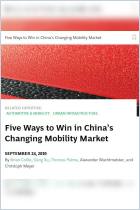
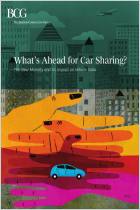
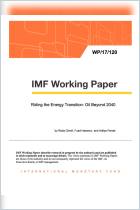


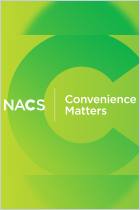


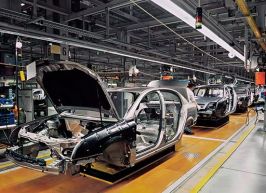






Comment on this summary